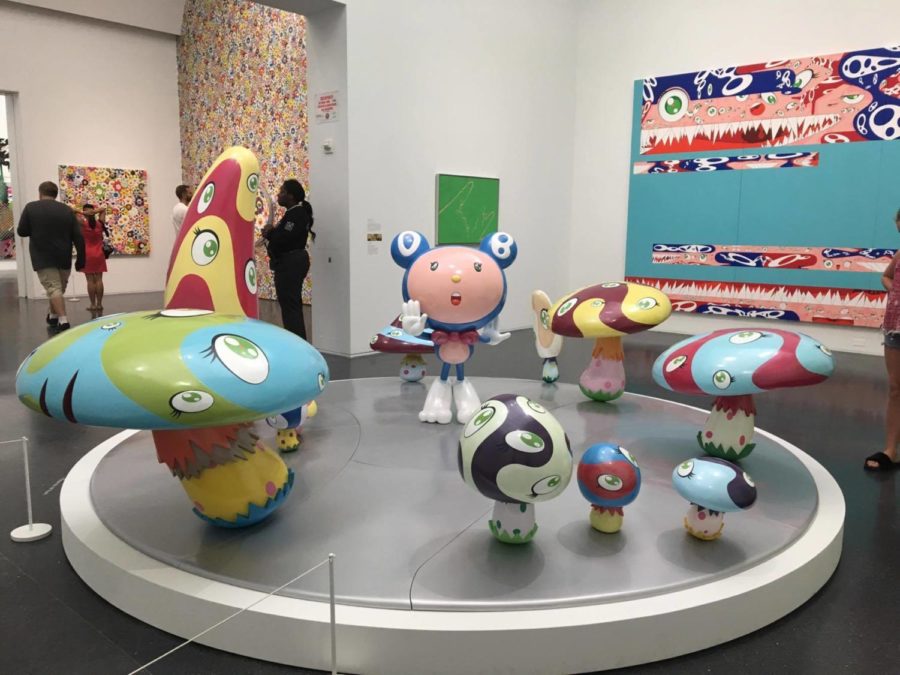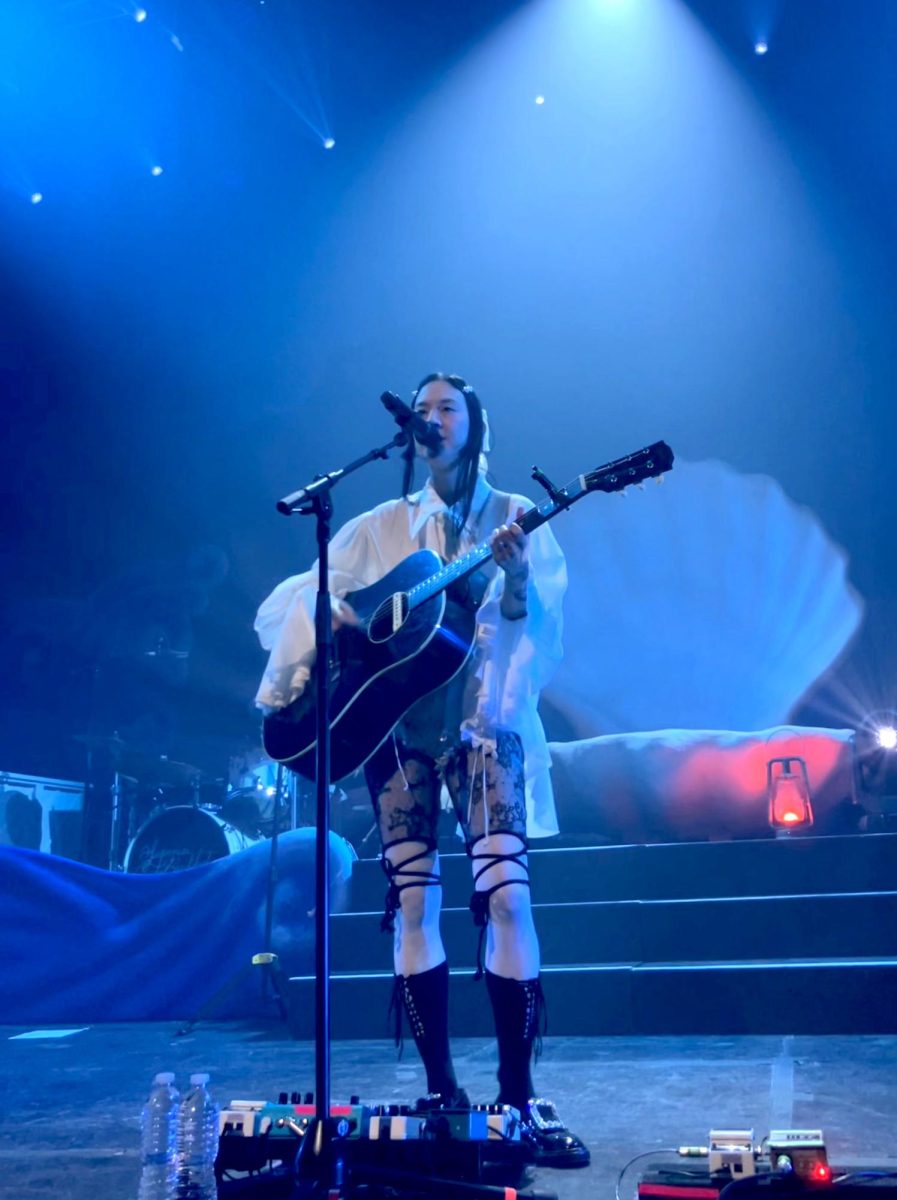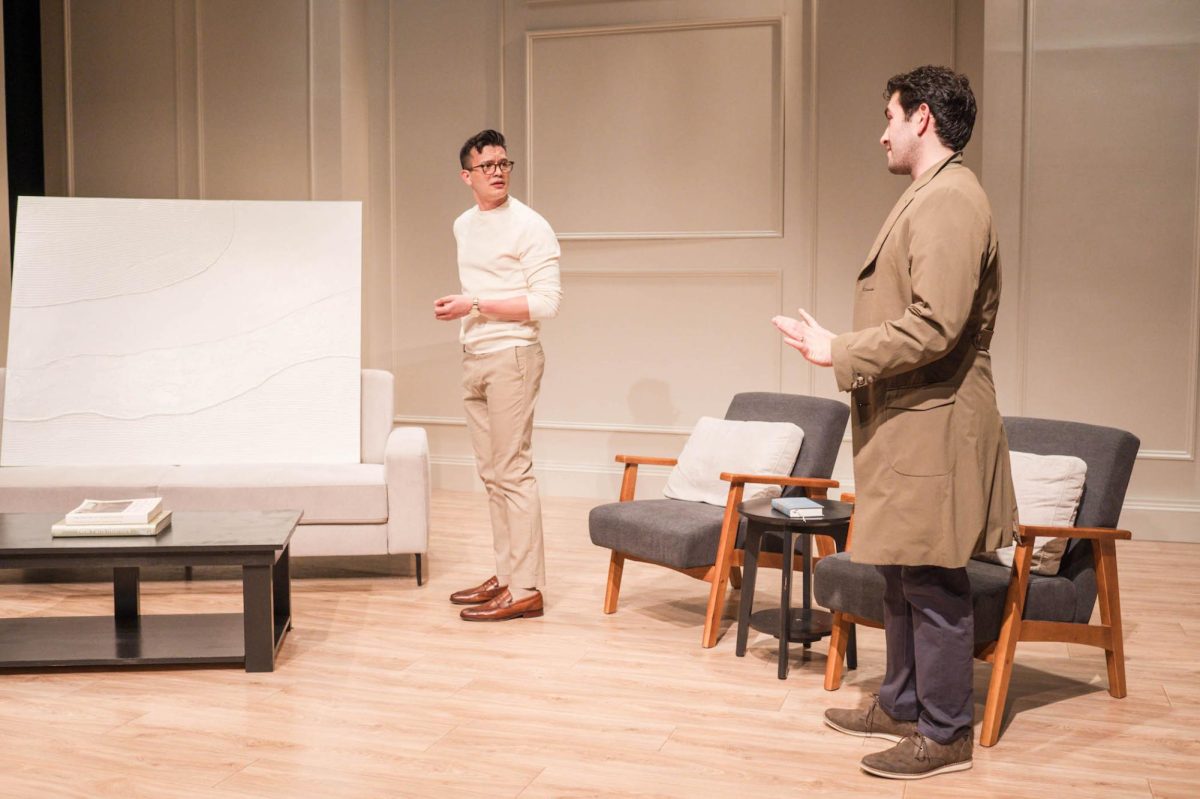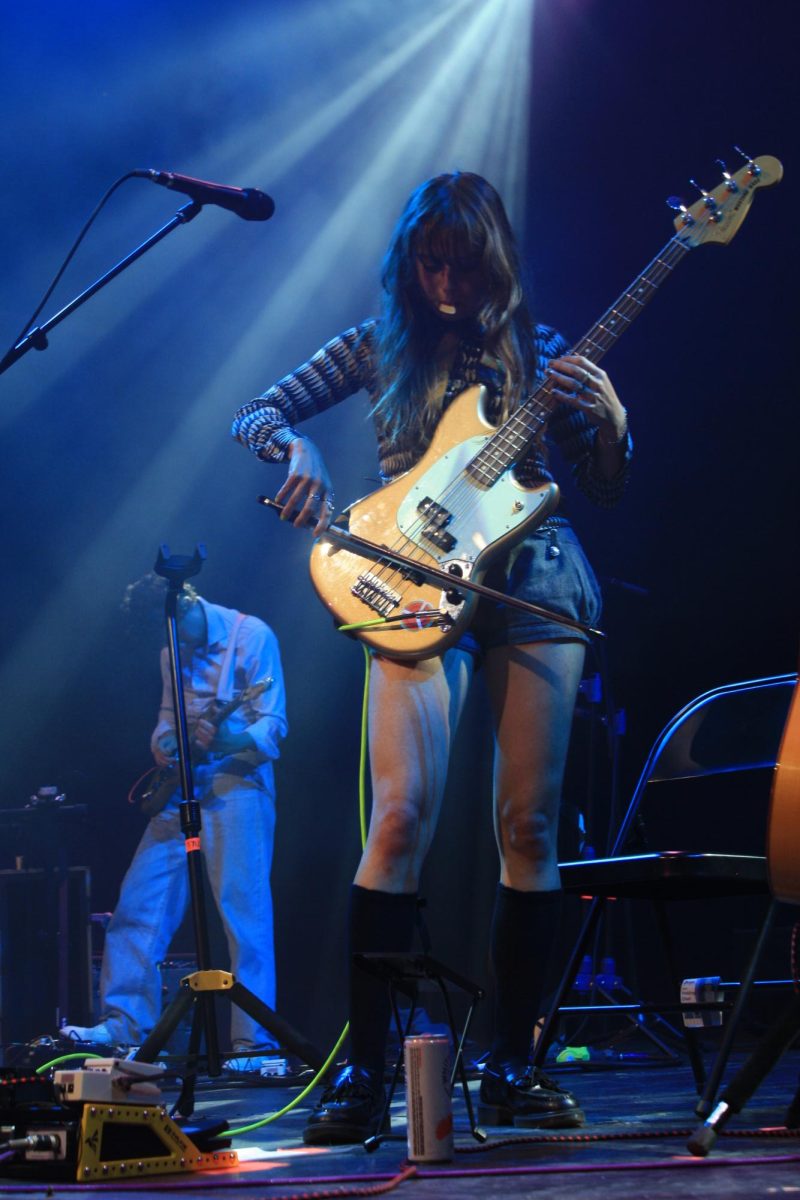Music & Dance
Ask any aficionado, and they’ll tell you that Chicago’s music scene is one of the most vibrant in the nation. From jazz clubs to concert halls to DIY venues, Chicago has something to offer for all music tastes.
Hyde Park was once a crucible of Chicago jazz, drawing greats like Sonny Rollins and Thelonious Monk. (Charlie Parker played his last Chicago gig here, near where Treasure Island Foods stands today.) While many of the legendary hole-in-the-wall jazz clubs of yesteryear are long gone, Hyde Park keeps their spirit alive with its own thriving music scene. 53rd Street boasts plenty of local venues: record store by day, music venue by night, Hyde Park Records (1377 East 53rd Street) offers students a sample of Chicago’s rich musical history; The Silver Room (1506 East 53rd) combines community-driven music and art events with a locavore commercial space; and restaurant-venue The Promontory (5311 South Lake Park Avenue) has one of the most well-curated and popping concert series around, albeit usually for patrons 21+. On September 23 and 24, get off the O-Week grid by checking out the annual Hyde Park Jazz Festival, a free, two-day, world-class festival that hosts a rich assortment of local and national jazz artists at venues throughout the neighborhood. Plus, the Hyde Park Jazz Society performs year-round on Sundays at Room 43, on the border of Bronzeville and Kenwood.
For jazz beyond Hyde Park, check out the Jazz Showcase in South Loop, and, if you can, the timeless Prohibition-era Green Mill in Uptown (21+), where you can sit in Al Capone’s old booth. For those with a taste for the cutting edge, you can catch some of the city’s best new music at Roscoe Village’s Constellation, a laidback venue specializing in the avant-garde.
There is no shortage of chances to watch some of your favorite bands perform live in Chicago, a hotspot for most nationwide tours. This quarter, swing by the United Center for larger stadium acts like Imagine Dragons, Jay-Z, and Shakira, the Riviera Theatre for bands like Grizzly Bear and The Script, and the Vic Theatre for smaller acts like Oh Wonder and Boyce Avenue.
If you’re looking for dinner and a show, check out Pilsen’s Thalia Hall, complete with restaurant, bar, and concert space, and Wicker Park’s Chop Shop. Lincoln Hall (Lincoln Park) and its twin Schubas Tavern (Lakeview) similarly have drinks and grub on hand to accompany their indie-oriented programming.
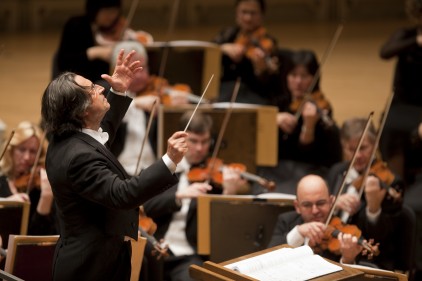
Also, keep your eyes peeled for UChicago Arts Pass perks and student ticket prices for concerts—especially at expensive venues. The Chicago Symphony Orchestra has one of the best student ticket programs in the country, offering $15 tickets for a respectable number of subscription concerts. Lyric Opera of Chicago is up there in terms of affordability as well, with an asking price of just $20 for select performances.
At the northern edge of Millennium Park, behind the Frank Gehry–designed mane which frames Jay Pritzker Pavilion, Harris Theater is an avant-garde music and dance venue whose programming is not to be missed: It offers $10 student tickets for select performances through Arts Pass. It’s home to Hubbard Street Dance, a contemporary dance troupe whose performances need to be seen to be believed. And of course, Chicago’s dance community wouldn’t be complete without Joffrey Ballet, one of the country’s most renowned ballet companies. Catch them at the Auditorium Theatre (also—surprise!—an Arts Pass partner).
—Hannah Edgar, May Huang, and Emily Ehret
Film
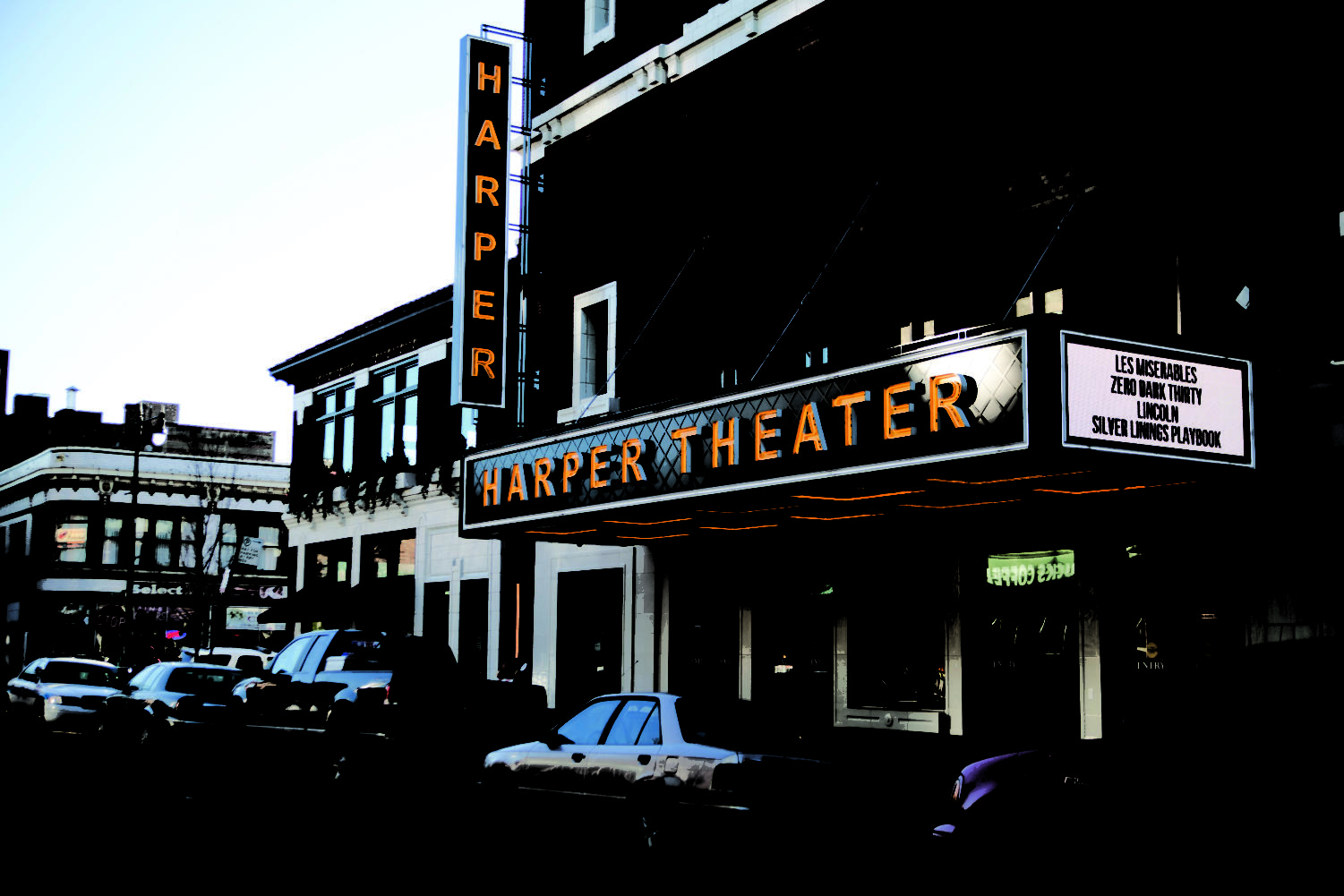
Harper Theater, located at East 53rd Street and South Harper Avenue, is the closest off-campus option for your movie and popcorn consumption needs. For seven dollars, students can check out new releases on one of five screens in a historic early-20th-century building.
If you’re looking for a more extensive movie outing, Navy Pier boasts an impressive IMAX theater. In Lincoln Park, Facets Cinémathèque screens obscure indie films. And if you just can’t get enough alternative film, Lakeview’s Landmark Theatres screens studio-backed indie films and hosts midnight screenings of lesser-known films.
Chicago is also a hotbed for eclectic film festivals. The Chicago International Film Festival, North America’s longest-running international competitive film festival, offers an amazing film selection. Other festivals worth checking out include the Chicago South Asian Film Festival, the Chicago Latino Film Festival, and the Chicago Underground Film Festival at the Logan Theatre in Logan Square.
—Emily Wang, updated by Rebecca Julie and Kenneth Talbott La Vega
Theater
Some of the best professional theater in the country is in Chicago. The Goodman Theatre is the city’s oldest active nonprofit theater organization, and the Steppenwolf Theatre has produced alums like Gary Sinise, Jeff Perry (both founding members of the company), Laurie Metcalf, and John Malkovich.
Not to be missed are Chicago’s excellent smaller companies. Check out the Lookingglass Theatre, based in Chicago’s historic Water Tower; Victory Gardens Theater in Lincoln Park, for its commitment to local and world premieres; the experimental Neo-Futurists in Andersonville; and First Floor Theater in Wicker Park, which was founded by UChicago alums in 2012.
Prefer to see something you can belt along to? Don’t throw away your shot to attend Lin-Manuel Miranda’s runaway hit Hamilton, still running at the PrivateBank Theatre. The Oriental and Cadillac Palace Theatres are also consistent hosts of fresh-off-Broadway musicals. In the spring, even the stately Civic Opera House trades in Rossini for Rodgers & Hammerstein. Lyric Opera of Chicago caps off its season every year with a musical. This upcoming year, the guest of honor is Andrew Lloyd Webber’s Jesus Christ Superstar (running from April 27 to May 20).
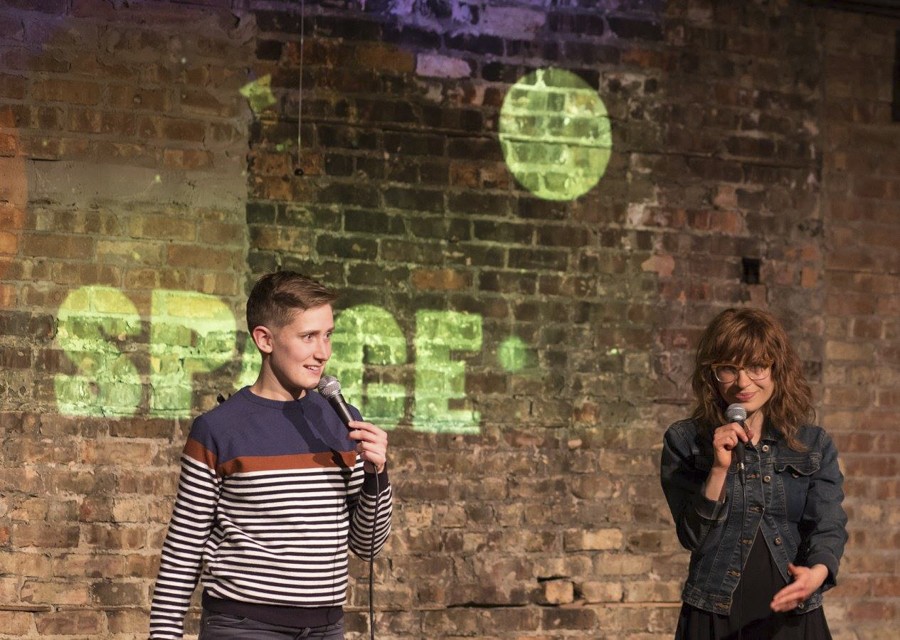
Live comedy reigns supreme in Chicago. The Second City is the most laureled comedy troupe in Chicago and possibly the country, producing more Saturday Night Live stars than you can count. iO Chicago is another local improv juggernaut and big-time SNL feeder—a can’t-miss is their hilarious, jaw-dropping Improvised Shakespeare troupe. If you’re looking for something closer to home, The Revival opened its doors just two years ago on 55th Street, bringing improv comedy back to its birthplace in Hyde Park. (We don’t mean that figuratively: The Compass Players, considered the first improv troupe, performed at the back of a bar on the same street corner back in 1955.) All three offer improv classes and programs for those looking to cut their comedic teeth in a supportive environment.
—Hannah Edgar, May Huang, and Natalie Pasquinelli
Art Museums
Guarded by two bronze lions at its South Michigan Avenue entrance, the Art Institute is a world-famous art museum renowned for both its gorgeous Beaux-Arts interior and carefully curated collections. Between rooms devoted to the masters—Monet, Renoir, and Caillebotte are among those featured in the galleries—rich catalogs of Japanese woodblock prints, African-American art, and many others can be found. Required visiting is the Modern Wing, a 2009 renovation dedicated to the works of 20th- and 21st-century artists. Admission is free with UCID.
Located about mile and a half north of the Art Institute is the Museum of Contemporary Art (MCA) Chicago, which offers several floors of post-war art. Here you can find artwork that pushes the bounds of the conventional. The MCA Stage program brings to the city cutting-edge performance art that blurs the lines between traditional disciplines. Admission is free with UCID.
Located in Pilsen, Chicago’s own Mexican-American heritage neighborhood and one of the city’s cultural hubs, the National Museum of Mexican Art boasts a colorful collection of art that doubles as an educational resource for Mexican history and culture. The permanent collection is organized chronologically, from pre-Columbian times to Chicano resistance art. Rotational exhibitions—including one that features the works of Frida Kahlo—round out the space; the annual Día de los Muertos exhibit runs from mid-September to mid-December. Admission is free.
Doors fly open along the blocks in the Chicago Arts District (Pilsen) from 6 to 10 p.m. on the second Friday of each month, ushering in a night of gallery-hopping and an eyeful of diverse contemporary art. The Fine Arts Building (South Loop) also opens artist studios to the public from 5 to 10 in the evening those dates.
Hosted by the Chicago Architecture Foundation, Open House Chicago provides incredible access to more than 200 Chicago gems on October 14 and 15. Highlights include Prairie-style private homes (Frank Lloyd Wright ring a bell?) as well as Fourth Presbyterian Church, where Julia Roberts tried to thwart My Best Friend’s Wedding—to a fictional UChicago third-year, no less! Admission is free.
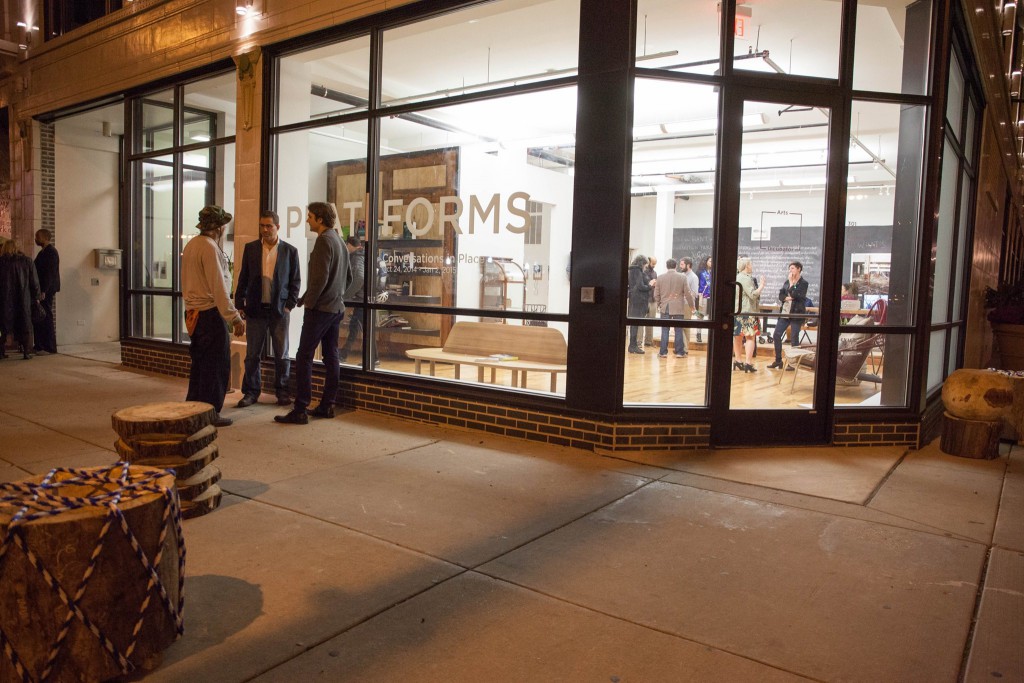
Want to see great art but don’t have it in you for a trip uptown? Closer to home is the Arts Block, the brainchild of the University’s Arts + Public Life initiative, which encourages students and faculty to engage with their community and experience art off campus. This block includes the Arts Incubator (301 East Garfield Boulevard), a community space for exhibitions, performances, lectures, and artist residencies; the gorgeously graffitied Muffler Shop (359 East Garfield Boulevard), a space for artistic collaboration which hosts outdoor screenings in partnership with Black Cinema House; and the soon-to-be Green Line Arts Center (317 East Garfield Boulevard), still in preliminary development. Just take the #55 bus west toward the Garfield Green Line.
Just a five-minute walk from Regenstein Library at the intersection of 57th Street and Cottage Grove Avenue, the DuSable Museum of African American History is committed to the conservation of African-American history, culture, and art. The museum boasts several permanent and temporary exhibitions, and, this fall, the museum’s historic Roundhouse will even play host to a satellite show from Expo Chicago, an international art showcase open September 13–17 at Navy Pier. Admission is free for students.
North of campus, the Hyde Park Arts Center (5020 South Cornell Avenue, along the East Shuttle route) also promotes local artists and offers both classes and workshops, allowing student members free access to the ceramics facilities. Also, save the date: On November 18 through 20, a plethora of pop-up galleries and events will appear all over 53rd Street for Connect+, a weekend-long art festival.
—Grace Hauck and Hannah Edgar
Literature
The South Side Weekly is a long-form, nonprofit news magazine dedicated to “supporting cultural and civic engagement on the South Side.” Published every Wednesday, the Weekly covers local happenings usually untouched by mainstream media. Although the Weekly is not a university-affiliated publication, students with specialized interests can contribute to one of the magazine’s diverse sections, which range from politics and education to food, books, art, and music. Besides hard journalism, it provides plenty of creative outlets for contributors, publishing poetry, fiction, original artwork, and more.
The Point is a biannual literary magazine founded by UChicago alums that publishes essays on politics, literary criticism, and culture. Every issue features a section called “Symposium” that is devoted to questions exploring the purpose of oft-challenged traditions, disciplines, or institutions pertinent to today’s society.
For the poetry lovers out there, Chicago is also home to the Poetry Foundation, the publisher of Poetry magazine and one of the world’s largest literary foundations. Its downtown glass building houses a vast collection of poetry and regularly holds free events such as the Open Door Readings, quarterly launch parties, and workshops. The Poetry Foundation regularly collaborates with UChicago by working with poets on campus and partnering with the Smart Museum for special exhibitions.
—May Huang



